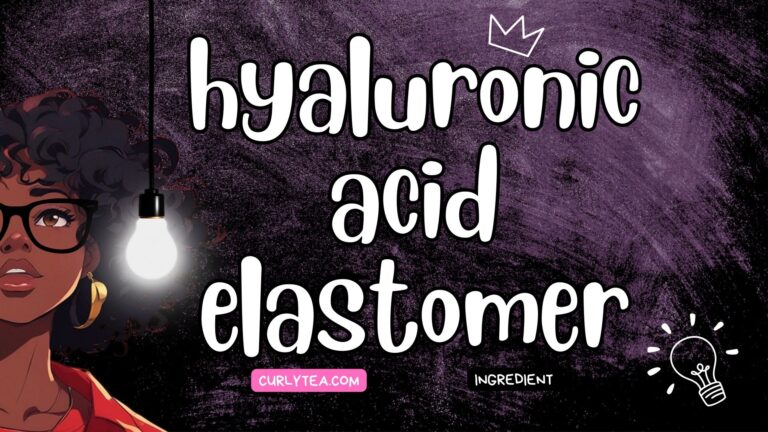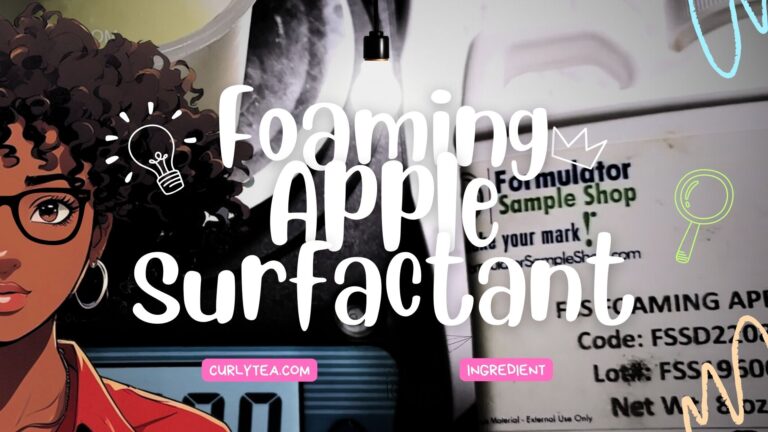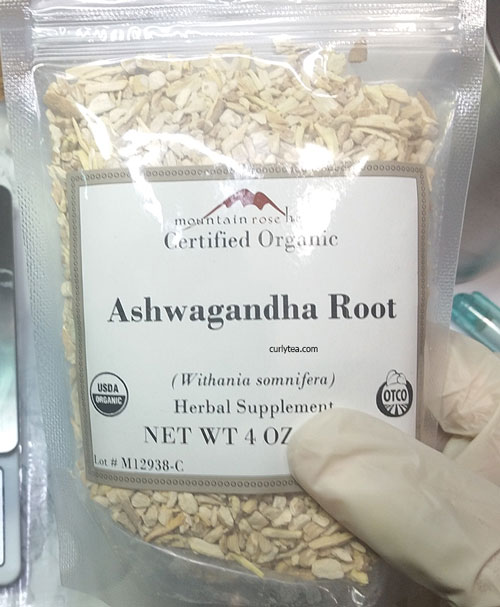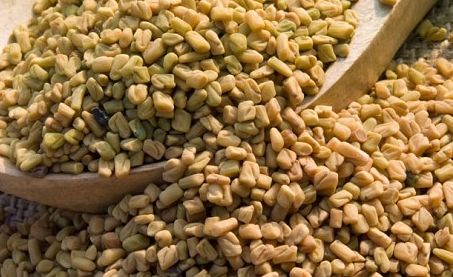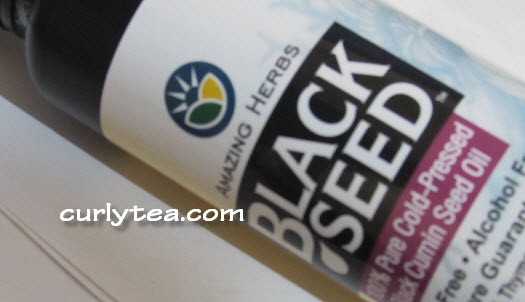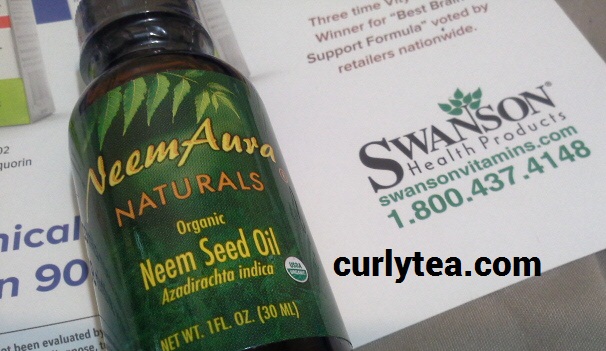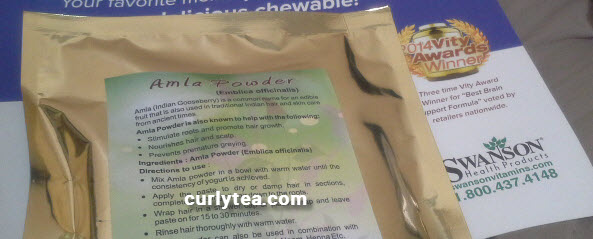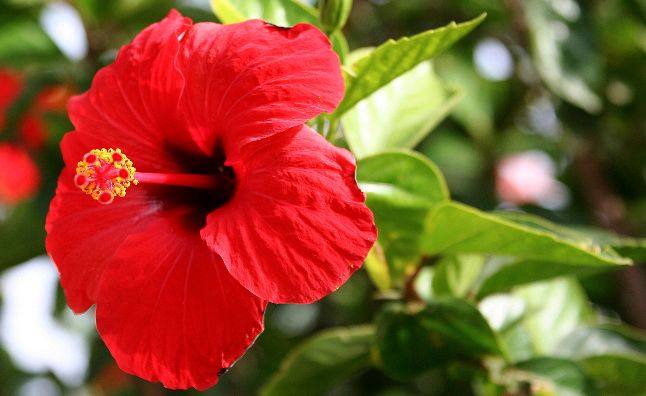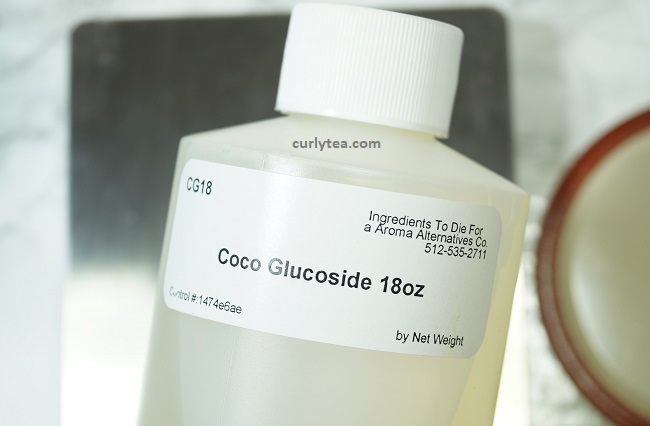
Coco Glucoside
INCI: Coco Glucoside
Shelf life: 2 years (when properly stored)
Usage rate: 2 – 30%
Final pH of your product should be: pH 3 – 5
Coco Glucoside is a non-ionic natural surfactant intended to create a very mild cleanser, shampoo, shower gel or other personal care cleansing products.
It’s supposedly environmentally friendly and easily biodegradeable on top of being a good replacement for much harsher detergents (like SLS).
Coco Glucoside is often compared to Decyl Glucoside (Decyl) because they’re both said to be mild enough to create cleansers for sensitive skin, as well as baby and pet products.
It is highly tolerant of “high electrolyte” ingredients. That means you should be able to use Aloe Vera juice in your facial cleansers, for example.
It’s fully compatible with other surfactants and can be mixed with anionic surfactants and natural or synthetic polymers to add thickness to your final product.
TIP: Use Sepimax Zen as the very last step in your process to help thicken this product.
Coco Glucoside falls in the category of “alkyl polyglucosides”. From my research thus far, it seems like the main differences between Coco glucoside and Decyl has to do with their foaming and cleansing ability.
More foam is created by Decyl, but the foam created by Coco glucoside doesn’t disappear as quickly as Decyl’s foam. The physical product is also a little thicker than Decyl. Some say Decyl is a slightly better cleanser, but that may be based on how it’s being used.
By the way, Decyl makes up part of the Polyglucose/Lactylate blend.
Main Applications for Coco Glucoside:
Shampoo
Sensitive Cleanser
Bubble Bath
Shaving Foam
Shower Gel
Liquid Soaps
[junkie-alert style=”yellow”] Here’s a couple of anionic surfactants:
Sodium Lauroyl Sarcosinate (EasyFoam at ingredientstodiefor.com)
Sodium Cocoyl Isethionate (SCI) (BabyFoam at ingredientstodiefor.com)
Sodium laureth sulfate (SLES) [/junkie-alert]
 CURLYTEA
CURLYTEA


